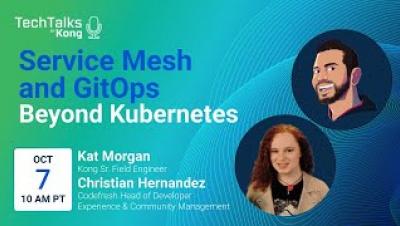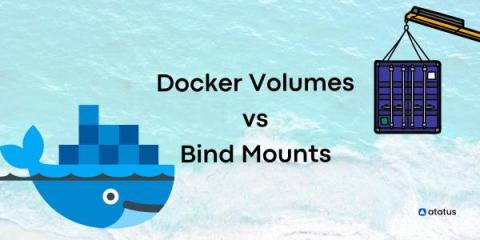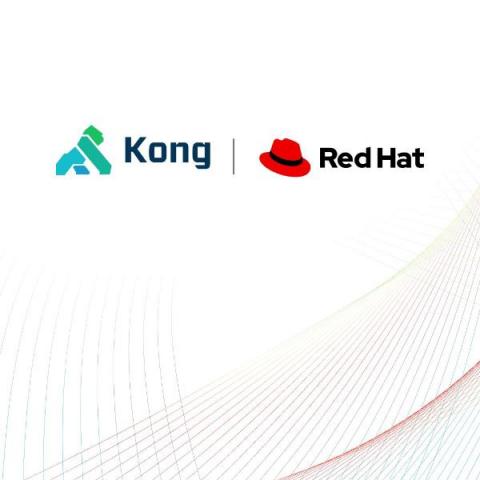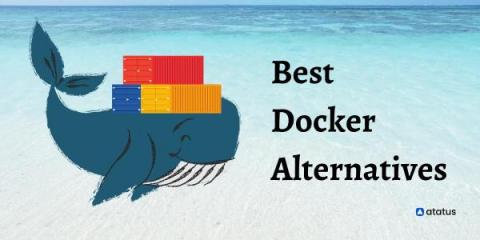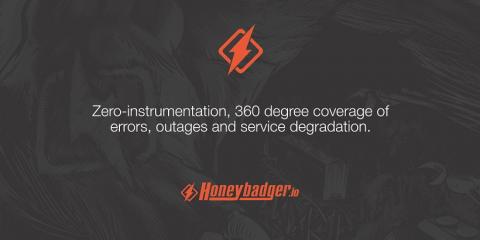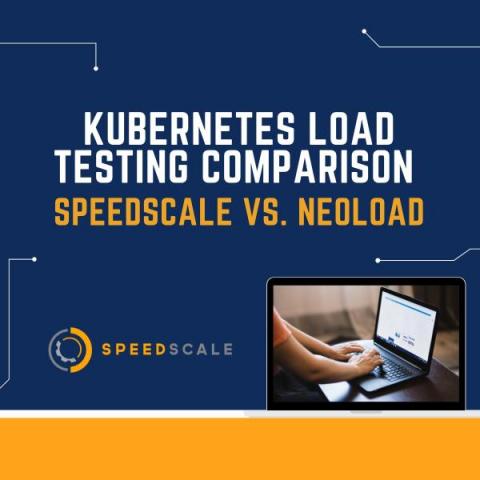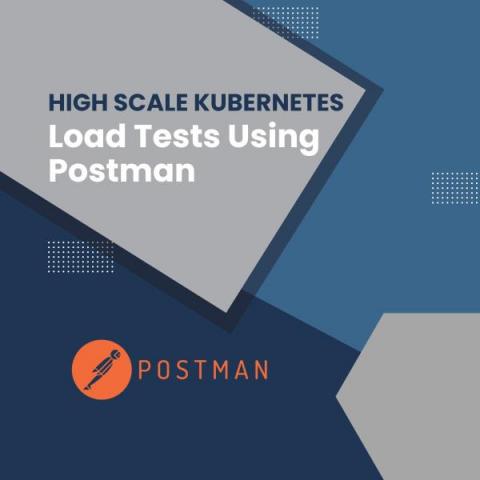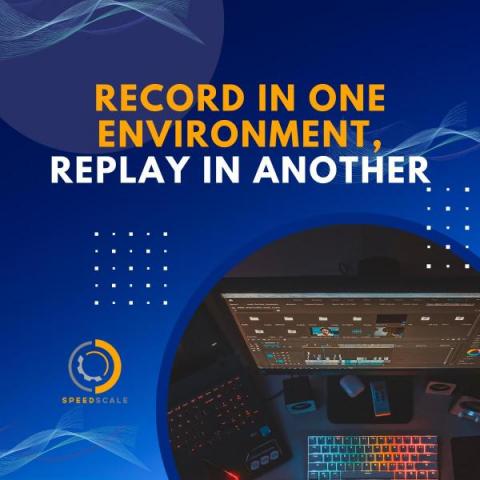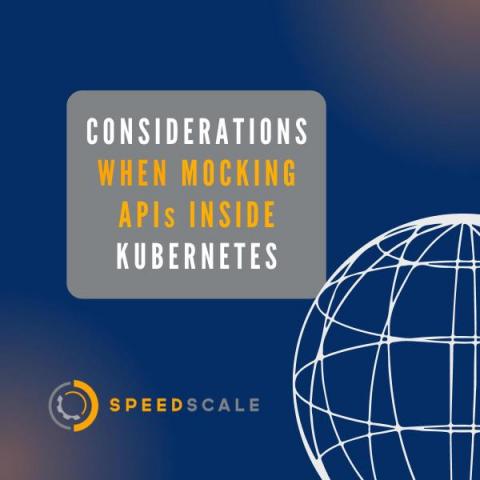Systems | Development | Analytics | API | Testing
Containers
Docker: Volumes Vs Bind Mounts
The Docker environment provides loose isolation between your applications and your host machine because it containerizes your applications. In other words, this implies that your application operates in a container independently of your host computer in order to achieve its intended results. Docker containers have a writable layer on top that allows you to modify the contents of the container while it is running. However, the container lifecycle dictates how these changes are made.
Kong and Red Hat: Delivering Seamless Customer Experience
As companies are transforming themselves to compete in the cloud era, there’s renewed emphasis on delivering seamless customer experience, improving IT infrastructure, and releasing applications faster. As companies embark on the cloud adoption journey, Red Hat OpenShift gives developers a greater choice of components to build robust applications.
Docker Tutorial: How to Create and Run Helix QAC as a Container
Top 7 Docker Alternatives
A container is a separate unit of software that encapsulates the software and libraries of an application, including its dependencies and its code. As a means of developing and managing stable applications, many organisations are adopting containers. Millions of applications currently use Docker, one of the most useful tools in this space. A Docker container can be used to build, run, inspect, and manage container images for developing applications.
Deploying Rails with Docker and AWS Fargate
Want to deploy a Rails app with Docker and AWS, but not sure where to start? AWS Fargate simplifies the convoluted process of deploying Docker on Amazon's Elastic Container Service (ECS). It's also a good alternative to Heroku.
Kubernetes Load Testing: Speedscale vs NeoLoad
High Scale Postman Load Testing for Kubernetes
In this Postman load testing tutorial, you'll learn how to run a large scale load test in Kubernetes using your existing Postman collections. Because HTTP services don't have a graphical user interface, it's common to build collections of requests using Postman during the development process. These collections are useful for running quick functionality tests as you develop each endpoint. However, as the service grows you eventually need to test it in a more realistic way with larger volume. This is called a load or stress test. Speedscale is a Production Data Simulation Platform that includes this stress/load testing capability out of the box.


